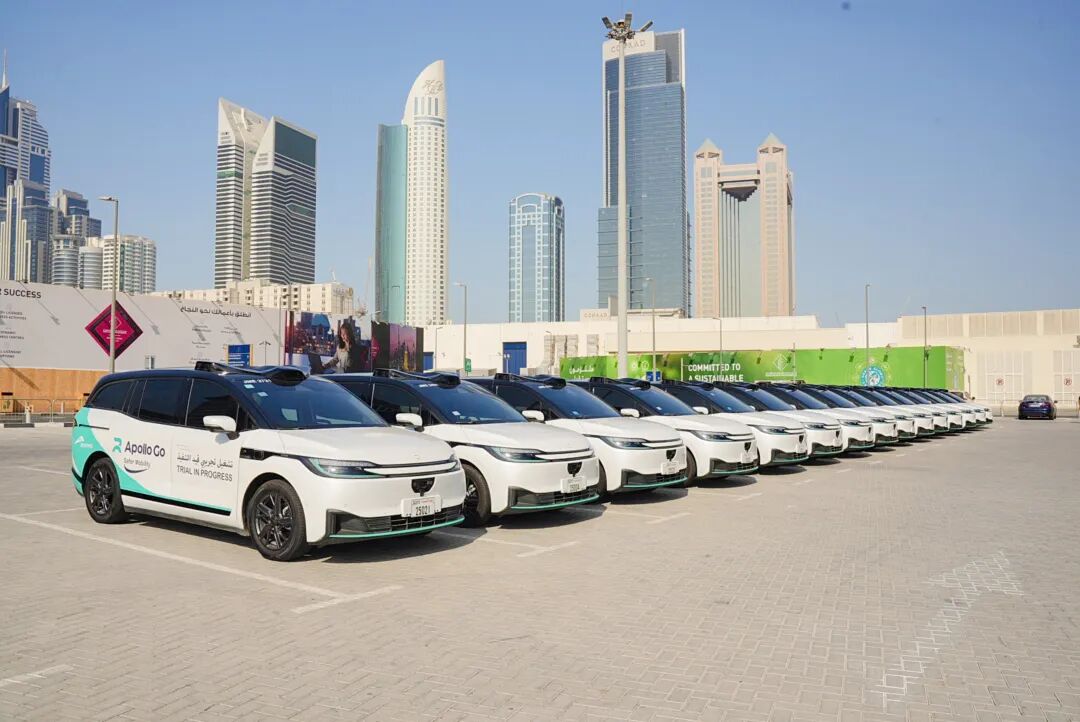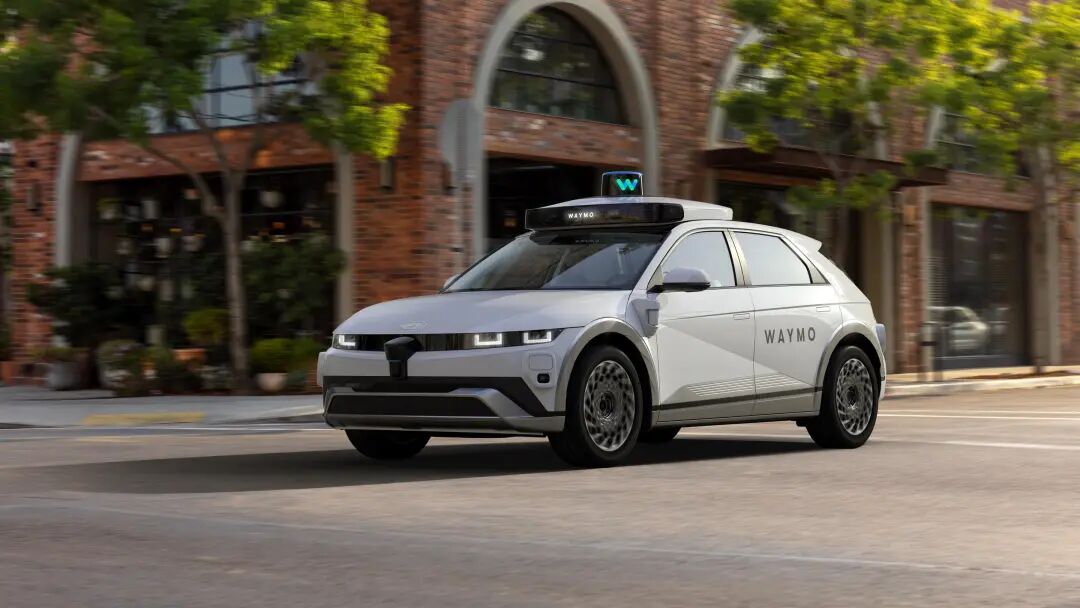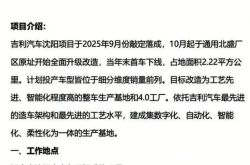Global Race Between Local and Foreign Self-driving 'Radishes': The Outcome Hinges on 'East Wind'
![]() 10/13 2025
10/13 2025
![]() 504
504
Written by | Xi Zhi
Edited by | Wang Pan
China's leading Robotaxi companies are increasingly becoming a force that international giants cannot afford to underestimate.
As a typical application of AI in the physical world, self-driving technology has begun to garner global attention. On October 9 (local time), Google's Waymo self-driving received Time Magazine's 2025 Best Invention Award, which specifically mentioned Baidu's Apollo Go as Waymo's biggest global competitor.
Currently, Apollo Go, Waymo, and Tesla have initially formed a global tripartite competitive landscape in self-driving technology. From the perspective of commercialization scale and expansion speed alone, Apollo Go has achieved an 'identity swap' with the giants, transitioning from a 'chaser' to a 'leader.'
Influenced by factors such as technological maturity, cost reduction, continuous expansion of deployment areas and fleet sizes, and significant revenue growth, self-driving taxis are on the verge of a breakthrough. Apollo Go's accelerated expansion overseas has indirectly put pressure on Waymo and Tesla, as evidenced by their shift from a previously steady pace to accelerated deployments.
According to Time Magazine's analysis, Apollo Go's entry into the European market has prompted Waymo to accelerate its rollout in the U.S., with plans to expand its services to Miami, Dallas, Nashville, and Washington, D.C., next year.

In September this year, Tesla fully lifted invitation restrictions, opening its self-driving ride-hailing service to all users in Austin, and plans to extend its Robotaxi service to San Francisco, Los Angeles, Arizona, and Florida by the end of the year, covering about half of the U.S. population.
Waymo and Tesla's 'passive' acceleration signifies that the self-driving competition has entered a new phase, shifting from technological accumulation to large-scale implementation. With technological solutions, costs, safety, operational experience, and other fundamental conditions becoming increasingly mature and sufficiently validated, Robotaxis are poised for rapid growth once policy 'green lights' are given.
Local and Foreign 'Radishes': Alternating Leadership
Waymo launched the commercialization of its Robotaxi business in 2018, nearly four years ahead of Apollo Go. However, this first-mover advantage has gradually diminished in the past two years, as Apollo Go has demonstrated a 'latecomer but fast-tracker' development trajectory.
Currently, Waymo has only commercialized its Robotaxi business in five U.S. cities: Los Angeles, San Francisco, Phoenix, Austin, and Atlanta. In contrast, Apollo Go has entered 16 global cities, including Hong Kong, Dubai, and Abu Dhabi, and continues to accelerate its expansion.
Although Tesla only truly commenced Robotaxi commercialization in June this year, its unique advantage lies in the vast amount of driving and road data generated by its massive vehicle fleet, offering opportunities for rapid improvements in experience and scale.
In terms of safety performance, Apollo Go also excels. Time Magazine noted that Waymo's injury-causing accidents are five times less frequent than those caused by human drivers, with zero fatalities to date. Based on Apollo Go's actual accident rate, its safety level is 14 times that of human drivers. To date, Apollo Go has logged over 200 million kilometers of safe driving, surpassing Waymo's 155 million kilometers without any major casualties.
Supported by China's leading automotive supply chain, Apollo Go enjoys significant advantages in vehicle costs. For example, its sixth-generation self-driving car costs just over 200,000 yuan, about one-fifth of Waymo's and close to Tesla's planned Cybercab cost (around $30,000) for next year's mass production.
According to calculations by multiple research institutions, Apollo Go's operational cost per kilometer in China is approximately 0.8 yuan, significantly lower than Waymo's $1.2-$1.8 per kilometer and slightly below Tesla's target Robotaxi cost per kilometer ($0.125).

Although Waymo holds a slight edge over Apollo Go in fleet size and short-term ride volume, benefiting from its earlier layout (layout) and more lenient regional policy support, and its revenue data also surpasses Apollo Go due to differences in average fares between Chinese and U.S. users, Apollo Go's flexible overseas strategy, low vehicle and operational costs provide strong support for its rapid global expansion, with its market advantages continuing to lead. This may be precisely why Waymo and Tesla must accelerate their pace.
From Technological Race to Speed Race
If the past few years have been primarily about technological accumulation and commercial exploration for Robotaxis, then 2025 marks the dawn of large-scale commercial expansion, especially in markets beyond domestic borders.
Similar to the logic in industries like ride-hailing and food delivery, first movers will undoubtedly gain significant advantages, including market share, data accumulation, infrastructure construction, and brand recognition, which will generate a 'snowball' effect and form a stable competitive moat.
Therefore, the speed of global market layout and implementation will become the next decisive factor in Robotaxi competition. In this regard, Apollo Go has already taken a significant lead.
In July this year, Apollo Go secured 50 autonomous driving test licenses in Dubai, including license number 001, and became the only self-driving company to provide Robotaxi trial rides at the Dubai World Congress for Autonomous Transport in September. In Dubai alone, Apollo Go plans to deploy over 1,000 self-driving vehicles in the future.

According to reports by Bloomberg, The Wall Street Journal, and other media outlets, Apollo Go is exploring business expansion to more markets, including Australia, Southeast Asia, Switzerland, and Turkey.
In terms of overseas strategy, Apollo Go adopts a 'two-pronged approach': in addition to independent expansion, it has successively integrated with two major international ride-hailing platforms, Uber and Lyft, this year, enabling rapid implementation in European and other markets. It is expected that Apollo Go will be the first to launch in the UK and Germany next year, deploying thousands of self-driving vehicles across Europe.
In April this year, Waymo commenced its first international road test in Tokyo, indicating that Asia may be its next destination. Tesla has confirmed that its Robotaxi business will enter Saudi Arabia, with plans to deploy in Asian and European markets in the second half of this year and next, respectively.

The acceleration by Waymo and Tesla is partly due to their long-term technological accumulation but also stems from the 'pressure' exerted by Apollo Go, compelling them to alter their previously measured pace; otherwise, the gap may widen further.
In terms of technological maturity, the three companies have not achieved a significant quantitative gap. However, Apollo Go operates with higher efficiency and agility. Its technology, honed in China's complex road conditions, demonstrates stronger adaptability in different regions. In the short term, Apollo Go's advantages in this 'speed race' are likely to continue expanding, of course, provided that it can secure a policy environment relatively equal to that of Waymo and Tesla.
The Next 'New Energy Vehicle Opportunity'
The reason why China's automotive industry, with nearly a century of development lag behind Europe and the United States, could rapidly achieve a ' Overtaking on a curved road ' ( Overtaking on a curved road , overtaking on a curve - achieving a leapfrog development) in the new energy vehicle sector lies not only in the efforts of enterprises but also, to a certain extent, in China's forward-looking layout (layout), strong determination, and robust policy support.
In the new trillion-dollar track ( track , track - referring to a market or industry sector) of self-driving technology, if similarly open and robust policy support is provided, there may be an opportunity to replicate the success of new energy vehicles and achieve 'China's leadership' in the global self-driving market.
The wave of self-driving technology is sweeping across the globe. According to Goldman Sachs research, the global Robotaxi market is poised for explosive growth, with the market size expected to reach $40-45.7 billion by 2030, representing a compound annual growth rate exceeding 60%. Against this trend, multiple countries and regions worldwide have begun to 'loosen the reins' in terms of policies and regulations.
The United States has been the most aggressive, approving Waymo and Cruise to operate paid autonomous taxi services around the clock in San Francisco as early as 2023. Late last year, the U.S. National Highway Traffic Safety Administration unveiled the AV-STEP draft, clarifying the policy and regulatory framework for Robotaxis while promoting research, development, and commercialization by eliminating annual exemption caps.
It can be said that Waymo's early commercialization and leadership in fleet size have benefited from policy support in its region.
Major developed countries such as Germany, Japan, Switzerland, and the UK have also begun to accelerate policy legislation to clear some obstacles for the development of autonomous driving technology and industries. Not long ago, the Hong Kong government stated that it had established a regulatory framework for autonomous vehicles, aiming to accelerate their large-scale development in Hong Kong.
In contrast, China's approach to self-driving technology has been more cautious. Although draft regulations have been proposed in some places like Beijing and Wuhan, national-level legislation has yet to make significant moves due to China's unique national conditions and complex traffic situations.
With its advantages in data and user experience, coupled with economies of scale, Apollo Go has set a benchmark for global self-driving expansion. However, this alone is insufficient for sustained leadership. With international giants stepping up their efforts to 'land and expand,' Apollo Go may still need the boost ( boost , boost) of favorable policies to fully take off.








